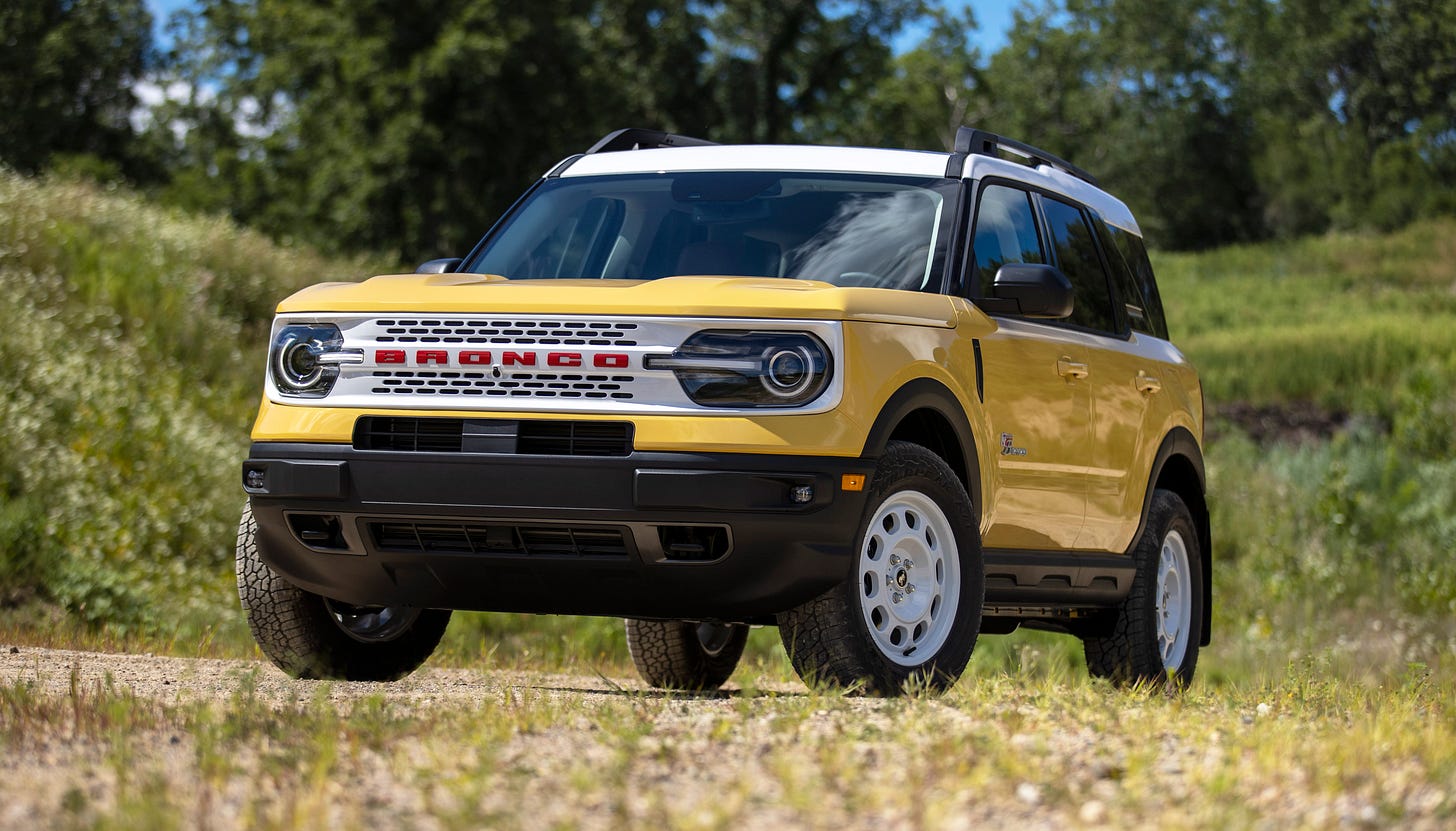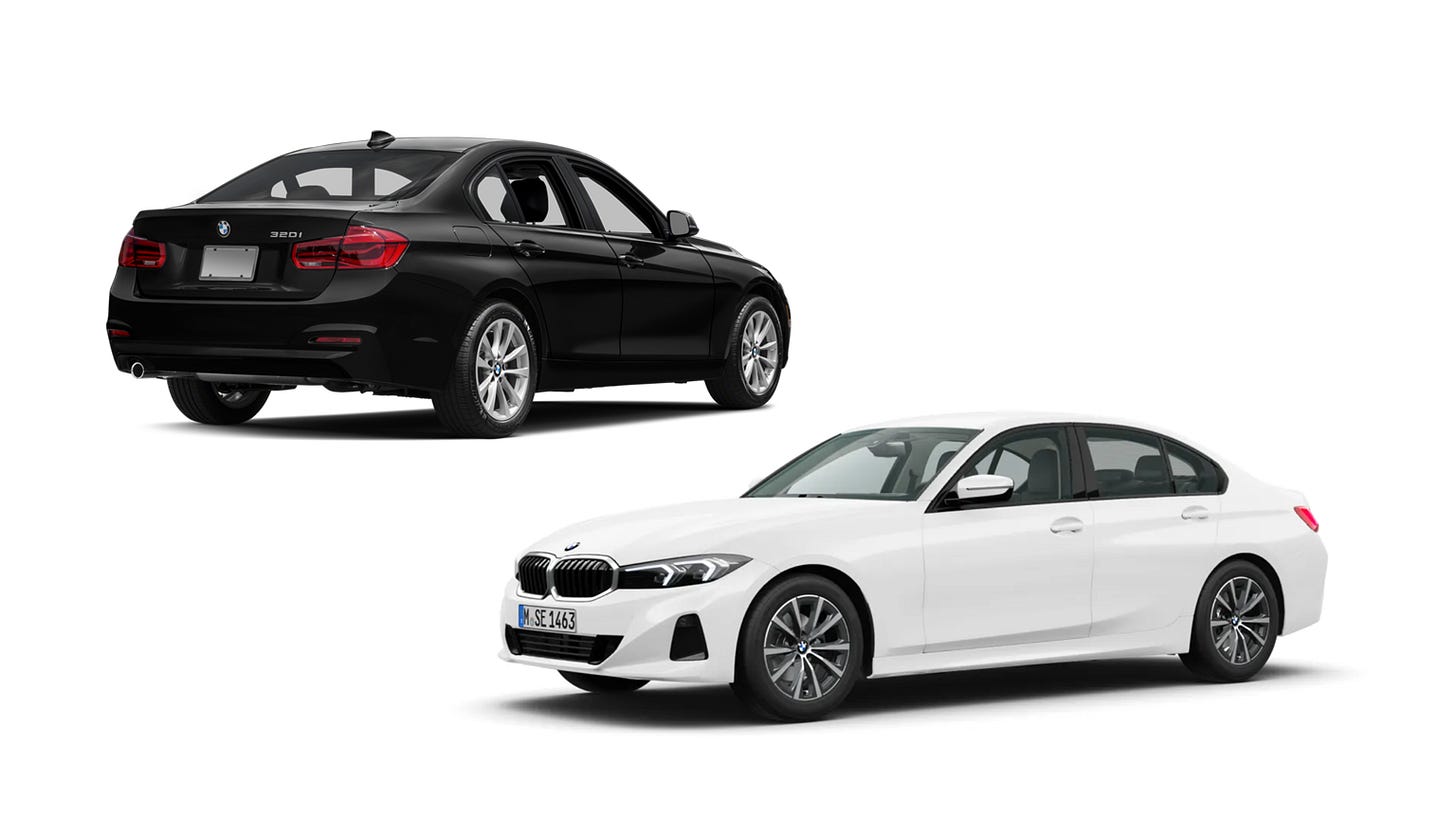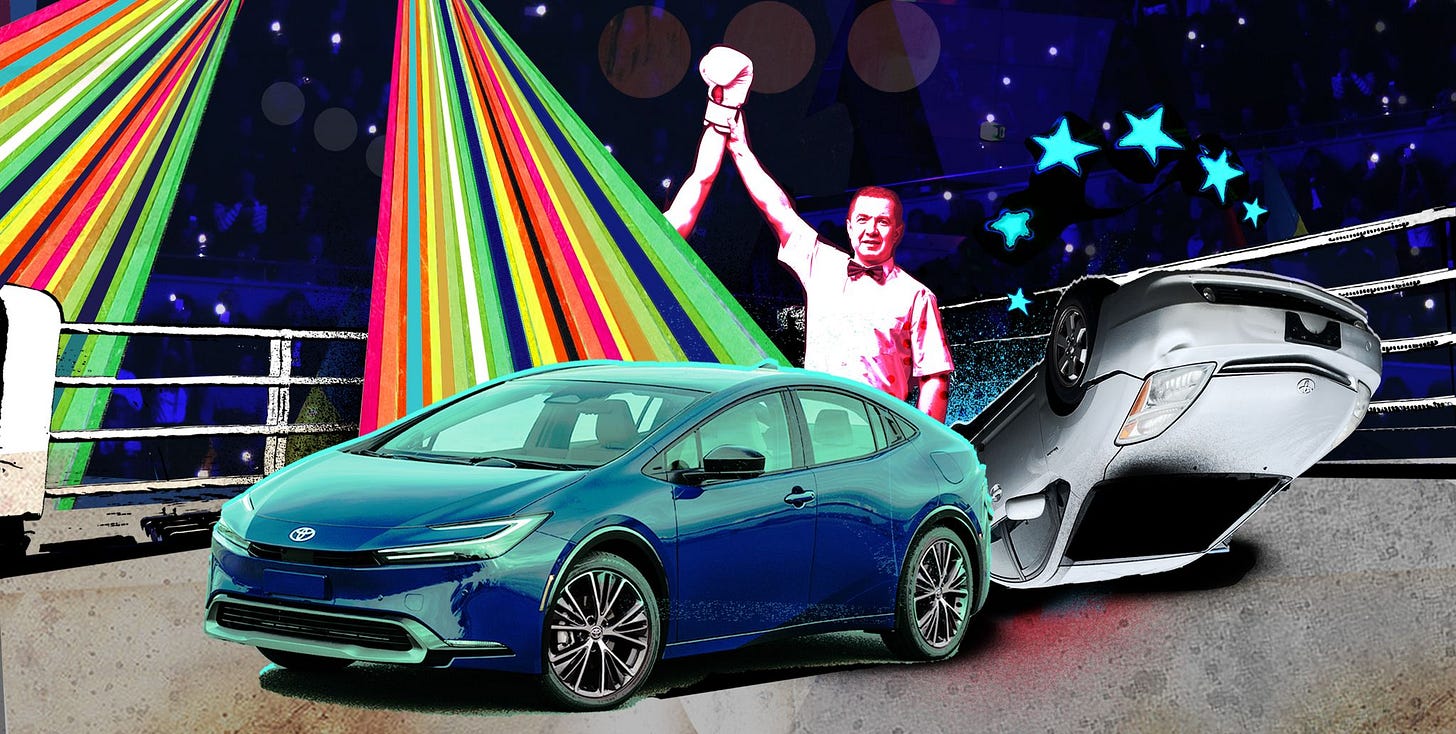Cheaper Cars Are Imperfect, But They're Worlds Better
For better or worse, the average transaction price of a new car in 2023 hovers around $50,000. This takes into account the non-luxury buyers, luxury buyers, and any brave soul who shelled out for a brand new Mitsubishi Mirage. I am a brave soul who would shell out for a Mitsubishi Mirage because that number makes me weep.
What’s happened to this world? I don’t blame inflation or capitalism because those are the essential factors for exchange of goods. Instead, my wry is aimed at the automakers who decide cars should get more expensive for every year that’s passed. I hate reading announcements for the new model year of whatever and it’s always a minuscule increase in dollars, almost to play it off to us normies as a joke.
So you might think that for a year’s salary, companies might cater to those strapped for cash by proposing nifty value solutions in order to keep the buying cost low, but this only turns into what feels like a sacrifice of features, which leads to a PR exercise of giving you some back. This works well and feels well worth the add-ons if you want traditional things like leather and rear A/C vents for your dog. But when it’s under $50,000, it can’t be construed as a gimmick.
No, marketing manager-slash-obtuse influencer, I don’t want to pay thousands of dollars for a paint dress-up package just because it ‘celebrates 1966.’ My question is, does the heater in your Ford Bronco work faster?
To make it worse, companies make it seem like you can have more for less. The trouble is, quality has to sacrifice. If it’s a Kia, it will catch fire because of an engine flaw no matter how much those ventilated seats keep your bum cool. If it’s a Mercedes-Benz CLA, it lacks the quality fit and finish of other models bought for two or three times the price. An E-Class or an S-Class typically look and feel like a tank.
Luxury builders have this all wrong. Offering a compact Mercedes or Audi isn’t the crime, it’s the lack of effort put into it because of the cost savings. Toyota has mastered this for decades and why I’d rather choose a $30,000 Prius over a $30,000 Mercedes.
Something that can demonstrably split the difference is the BMW 3 Series. A genius move was made in the early 2010s when the company decided to bring the 320i to the United States. This would serve as the ‘entry-level’ Bimmer sedan with a starting price in the low 30s. Yet the same body structure would support the wickedly fast M3. A lot of the mechanical and interior bits made its way onto a car that would cost you about $100k.
We have a new M3 and there is a new 320i. It just didn’t make it to the US. Same deal, a lot of the design, from the exterior lights to the inside details, are unchanged from the 320i that’s in the UK and the M3 that we get. There’s a telltale sign in making a 40-grand car feel like 90 and vice versa.
The 3 Series is not big but it’s not small either. There is no need for a Mercedes-Benz A-Class or an Audi A3, two dedicated compacts that represent beginner’s access to their respective luxury badges, but they feel cut rate for the price they try to offer. BMW offers a small car with 4 doors but nobody wants it.
Let’s look on the non-luxury end of the scale and stay with the Prius. That is a technically innovated car ladened with the latest hybrid tech to stretch a tank of gas to the furthest mile. And yet, getting in one, especially the latest Prius, doesn’t feel like a sacrifice. You get comfortable bucket seats, soft materials with superb fit and finish, and a host of useful equipment to ensure you feel like you’re not missing out.
These Priuses can touch above 40 large but only for the most expensive with all of the features possible. If you need just the essentials, the sticker starts below 30. This is just one example, but there are several cars for sale that are on cheaper side with lots to give.
Often, when you’re spending less on a car, you expect something to be omitted. A compromise. Something that presents as a trade-off in order to give you more for what you’re buying. Usually, it comes down to styling. The Prius is a beautiful object, for one, but the rear visibility is atrocious due to the slit of back window it gives you.
The Subaru Crosstrek has similar problems, as does the Mazda CX-30. They drive totally acceptably but have to give you an elephant that stays every time you get in. Flaws like this make buying a new car for even $30,000 a challenge.
But here’s the best part, any of us on a budget, knows how to make things work. Making groceries last one more day, ending subscriptions to redundant services, trade going out for a movie for a night in with a rental. A lot of the time, we make the imperfect scenario perfect.
And cars can be that way too. One or two cons won’t wipe out a list of pros if it’s long-lasting. Yeah, it’s small, but I’ve got a Miata.




